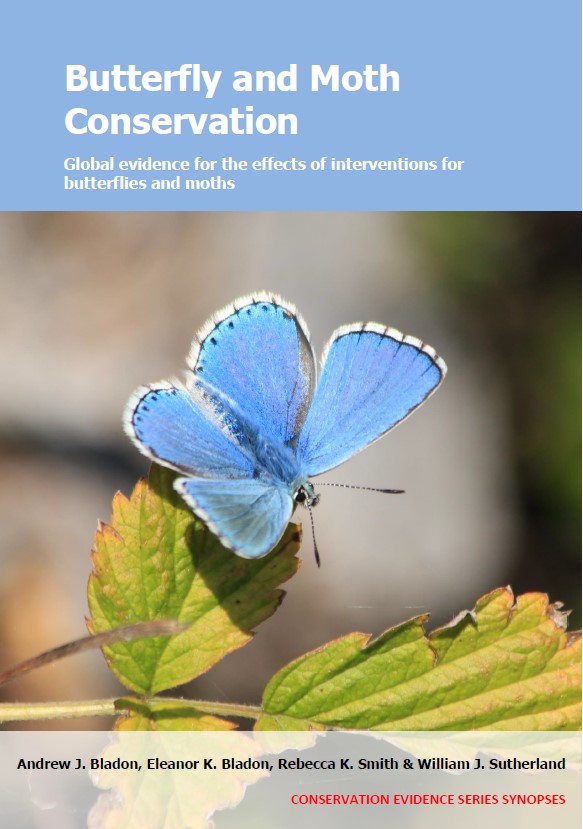Mechanically remove mid-storey or ground vegetation to create fire breaks
-
Overall effectiveness category Awaiting assessment
-
Number of studies: 2
View assessment score
Hide assessment score
How is the evidence assessed?
-
Effectiveness
not assessed -
Certainty
not assessed -
Harms
not assessed
Study locations
Supporting evidence from individual studies
A replicated, site comparison study in 2005–2006 in 45 cork oak Quercus suber woodlands in Serra do Caldeirão, Portugal (Verdasca et al. 2012) found that areas with recent or regular mechanical clearance of woody understorey vegetation had a higher abundance and species richness of butterflies than less recently or regularly cleared areas. In the most recently cleared areas, the species richness of butterflies (13–21 species/plot) was higher than areas cleared 10–70 years ago (5–16 species/plot), while the abundance of butterflies was higher in areas cleared two years ago (86–117 individuals/plot) than in areas cleared 10–70 years ago (12–51 individuals/plot). Both species richness and abundance were higher in areas managed 0.6–0.8 times/decade (richness: 11–21 species/plot; abundance: 27–100 individuals/plot) than in areas managed 0.0–0.2 times/decade (richness: 5–16 species/plot; abundance: 13–51 individuals/plot). However, some species were more abundant in areas cleared less frequently or longer ago (see paper for details). Forty-five 1-ha plots in forests with >30% canopy of cork oak were selected. Plots were >800 m apart, and none had been affected by fire. The time since woody understorey clearance, and the number of clearances/decade, in each plot were inferred from aerial photographs (taken in 1958, 1972, 1985, 1995 and 2002), vegetation surveys and landowner interviews in 2004. Butterflies were surveyed on a 10-minute count five times/plot, in June/July, August and September 2005, and April and May 2006.
Study and other actions testedA replicated, paired, controlled study in 1999–2001 in three Mediterranean shrublands in Eastern Pyrenees, France (Ricouart et al. 2013) reported that areas where scrub and trees were mechanically cleared to create fire breaks had a similar species richness of butterflies to areas where grazing was used to suppress vegetation. Results were not tested for statistical significance. Areas where trees and bushes were cleared had 23–50 butterfly species, compared to 18–50 species in areas where only bushes were cleared, and 25–41 species in areas where grazing was used to suppress vegetation. The authors reported that the main associations of species were by site rather than fire management strategy, but at one site species adapted to dry Mediterranean areas were mostly found in the grazed area (data presented as model results). In winter 1999–2000, three shrublands (29–70 ha) were divided into three zones by fencing. One zone (7–15 ha) was totally cleared of trees and bushes, leaving only the herb layer. The second zone (11–12 ha) was cleared of at least two-thirds of bushes, leaving trees in place. The third zone (1–51 ha) was grazed by cows or goats, with no mechanical vegetation clearance. From May–September 2000–2001, butterflies were surveyed with hand nets for 90 minutes once/month in a single 1-ha plot in each management area.
Study and other actions tested
Where has this evidence come from?
List of journals searched by synopsis
All the journals searched for all synopses
This Action forms part of the Action Synopsis:
Butterfly and Moth Conservation
Butterfly and Moth Conservation - Published 2023
Butterfly and Moth Synopsis





)_2023.JPG)














